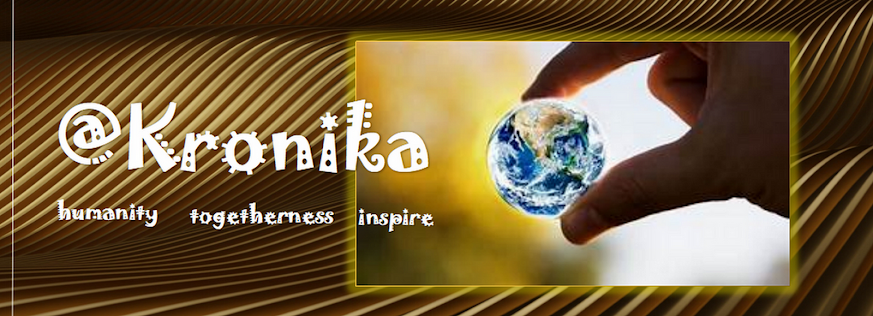The "ball method" was the most effective treatment for leprosy during the early 20th century. Namely inject chaulmoogra oil to be absorbed by the body. The technique involves isolating the ester compound from the oil and chemically modifying it, producing a substance that retains the therapeutic properties of the oil when injected.
The inventor of this method is a 23-year-old female professor, Alice Augusta Ball (commonly called Alice Ball). He was an American chemist who developed the "Ball Method". The cause of leprosy is the bacterium Mycobacterium leprae or Mycobacterium lepromatosis. This bacterial infection can damage nerves, respiratory organs, skin, and eyes.Alice Augusta Ball was born on July 24, 1892, in Seattle, Washington. Ball studied chemistry at the University of Washington, earning a bachelor's degree in pharmaceutical chemistry in 1912 and a second bachelor's degree in pharmaceutical science two years later in 1914.
While studying there, together with his pharmacy instructor, Williams Dehn, he published a 10-page article, "Benzoylations in Ether Solution", in the Journal of the American Chemical Society. Publishing an article in a respected scientific journal was an unusual achievement for a woman and especially for a black woman at the time.





